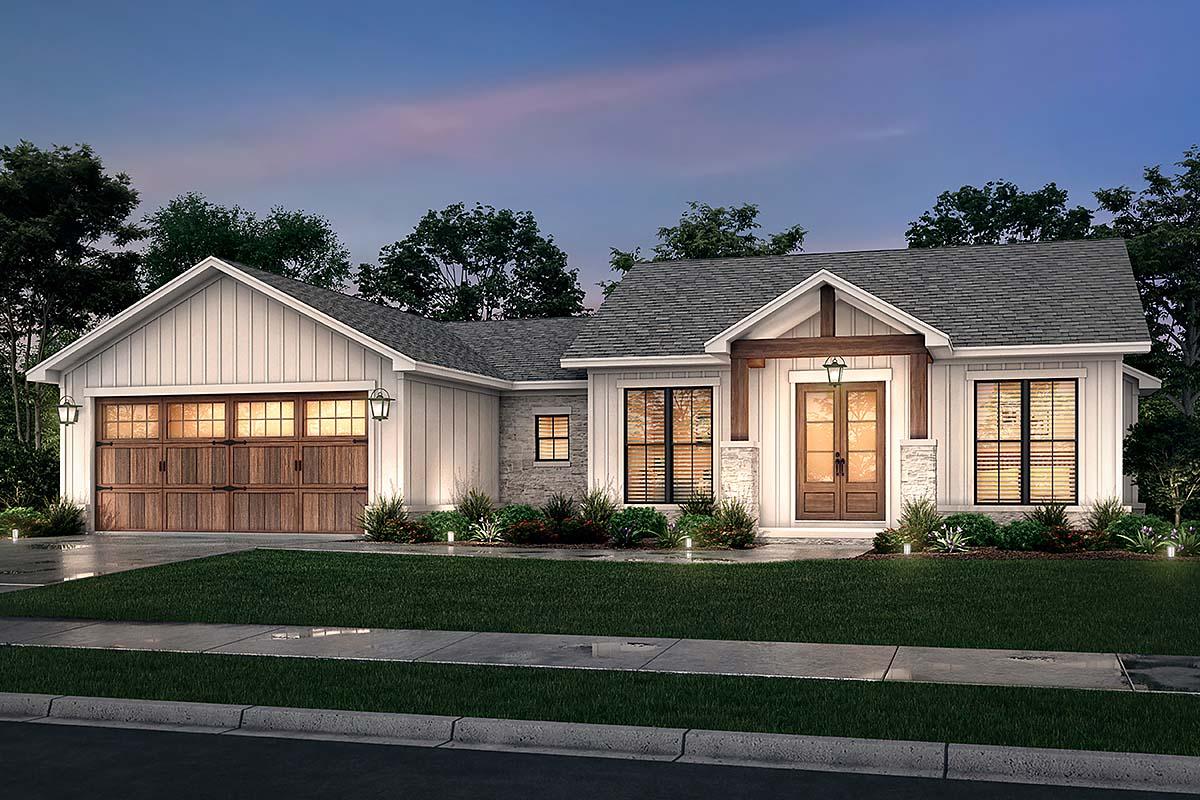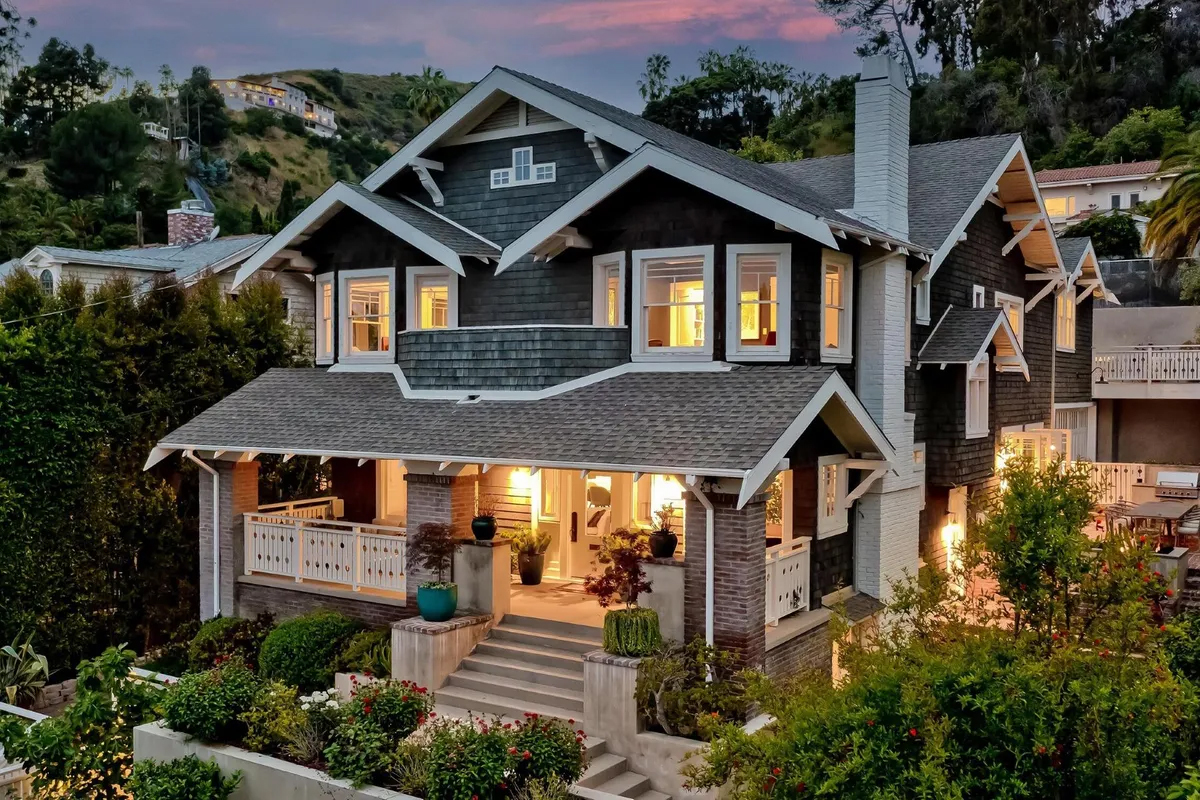The Duty of Arts & & Crafts Architects in Elevating Architectural Providers in Residential Design
Arts and Crafts architects significantly influence property layout via their dedication to workmanship and sustainability. They focus on handcrafted information and natural materials, which enhance both looks and area identification. By including clients in the design process, these architects produce special home that resonate with personal preferences. This approach raises questions about the future trajectory of residential architecture and its prospective effect on neighborhood dynamics. craftsman style house. What lies in advance for this classic style approach?

The Concepts of Arts and Crafts Architecture
The significance of Arts and Crafts architecture exists in its dedication to workmanship and simpleness. This architectural motion arised in the late 19th century as a response to industrialization, highlighting the worth of handmade information and all-natural materials. The principles of Arts and Crafts architecture prioritize performance and harmony with the environment. Frameworks commonly include low-pitched roof coverings, vast eaves, and revealed rafters, promoting a feeling of unity with nature.
Artisans played a significant function in this design, usually integrating ornamental aspects like tarnished glass, tiles, and woodwork, which show regional craftsmanship. The color scheme tends to be earthy and restrained, allowing structures to blend perfectly right into their environments. Additionally, the layout urges open floor plans and communal rooms, cultivating a sense of togetherness. Overall, the concepts of Arts and Crafts architecture celebrate the beauty of simpleness and the significance of human link to both nature and community.

Sustainable Practices in Residential Layout
While the demand for ecologically liable living remains to grow, sustainable techniques in household layout have acquired significant grip amongst architects and house owners alike. Architects are progressively including energy-efficient modern technologies and sustainable materials right into their styles, intending to decrease carbon footprints and enhance energy conservation. Approaches such as passive solar design, environment-friendly roofs, and rainwater harvesting systems are ending up being common elements of contemporary property architecture.
The choice of in your area sourced materials reduces transport emissions and supports regional economies. Emphasis on all-natural light and ventilation not only enhances interior air quality but likewise lowers reliance on man-made lights and environment control systems. These sustainable methods mirror a dedication to preserving the atmosphere while supplying homeowners with comfortable, effective home. As recognition of environmental problems expands, the combination of sustainability in domestic layout is positioned to become a specifying characteristic of modern architecture, guided by the principles developed by Arts and Crafts architects.
Customization and Customization in Home Layout
Customization and customization in home style have emerged as key trends in response to the growing desire for distinct living atmospheres that show private tastes and way of livings. Property owners my site progressively seek to tailor spaces that reverberate with their individual identifications, bring about an extra significant connection with their living areas. craftsman style house. This movement motivates architects to involve customers in the design process, fostering partnership that ensures the last end result personifies the property owner's vision
Aspects such as bespoke designs, personalized materials, and tailored finishes permit a varied variety of expressions in domestic design. Arts and Crafts architects play a Visit Website crucial function in this evolution, emphasizing workmanship and high quality. Their concentrate on incorporating creative aspects with performance assurances that each home is not just aesthetically pleasing yet likewise uniquely fit to the citizens' demands. As a result, this emphasis on modification improves the total residential experience, producing spaces that are both personal and enduring.

The Effect of Arts and Crafts Architects on Community Looks
As neighborhoods develop, the influence of Arts and Crafts architects greatly forms their aesthetic landscape. By emphasizing handmade details, all-natural materials, and traditional building and construction methods, these architects develop homes that reverberate with their surroundings. Their styles frequently include regional plants, appearances, and colors, cultivating a feeling of consistency in between developed atmospheres and nature.
Additionally, the Arts and Crafts motion advertises community identity via building connection. By encouraging homeowners to take on comparable style principles, neighborhoods develop a natural personality that enhances aesthetic charm. This architectural uniformity not just enhances the aesthetic experience yet likewise infuses a feeling of pride among visit this site right here homeowners.
Moreover, the concentrate on sustainability and craftsmanship in Arts and Crafts architecture lines up with modern-day worths, making these designs appropriate in modern setups. Eventually, Arts and Crafts architects contribute considerably to the general elegance and social honesty of communities, leaving a long lasting effect on their visual heritage.

Future Fads in Arts and Crafts Architecture
With a raising focus on sustainability and personalization, future patterns in Arts and Crafts architecture are poised to blend traditional craftsmanship with modern-day technology - craftsman style house. Architects are most likely to focus on green products, using reclaimed wood and all-natural rock to improve the sustainability of residential styles. The combination of clever home technology will end up being widespread, permitting personalized living experiences without compromising aesthetic stability
In addition, the rebirth of artisanal techniques will foster a renewed recognition for handmade components, such as bespoke cabinets and customized tile job. Future styles may likewise reflect an emphasis on community-oriented rooms, encouraging communication and connection amongst locals. Exterior living areas will certainly acquire prestige, perfectly incorporating nature into the home atmosphere. As Arts and Crafts architecture evolves, it will certainly proceed to recognize its roots while adjusting to modern requirements, producing unified areas that reflect specific values and lifestyles.
Often Asked Inquiries
What Inspired the Arts and Crafts Motion in Architecture?
The Arts and Crafts activity in architecture was inspired by a reaction versus industrialization, highlighting handmade high quality, all-natural products, and a return to conventional workmanship, intending to create harmonious, practical rooms that celebrated artistry and originality.
Just how Do Arts and Crafts Architects Collaborate With Clients?
Arts and crafts architects collaborate with customers via open dialogue, prioritizing personal requirements and aesthetic appeals. They stress workmanship and sustainability, fostering a partnership that integrates the client's vision with the designer's knowledge in style and products.
What Products Are Frequently Made Use Of in Arts and Crafts Homes?
Typical products in Arts and Crafts homes include natural wood, rock, and brick, highlighting workmanship and natural visual appeals. These elements produce a warm, inviting environment, showing the movement's devotion to high quality and simpleness in layout.
Just how Do Arts and Crafts Designs Boost Indoor Living Spaces?
Arts and Crafts layouts improve indoor living spaces by advertising all-natural light, open layout, and handcrafted information. These elements foster a cozy, welcoming ambience, urging a connection in between citizens and their atmospheres through thoughtful, practical looks.
What Are Some Famous Instances of Arts and Crafts Architecture?
Famous examples of Arts and Crafts architecture include the Wager Home, Greene and Greene's work of art in The golden state, and the Robie House by Frank Lloyd Wright. These structures display handcrafted information and consistency with nature, defining the motion's significance.